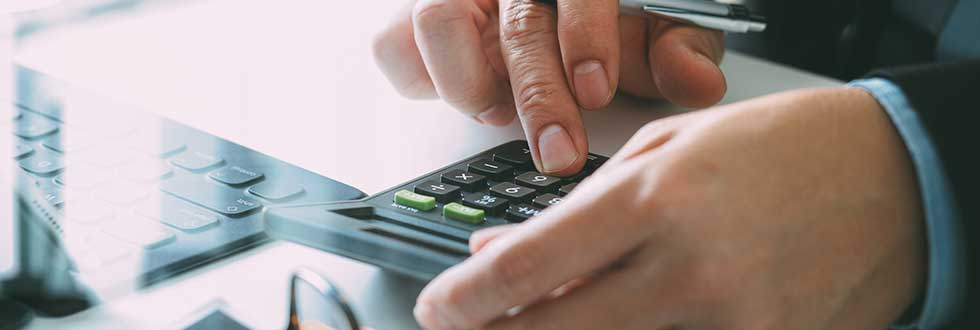Getting a design patent is an exciting step in any creator’s journey towards product innovation. One of the common questions people ask is about the cost of a design patent. How much a design patent costs depends on what it covers, or in other words, its complexity. For a large entity, the basic filing fee for a design patent application is $760. The fee for a small entity is $380 and a micro-entity will cost you $190. Keep in mind that this is all before lawyer fees are involved; the prices quoted above are just for the cost of filing a design patent. Please be sure to check the USPTO website for any updates to these fees.
Before you get started on your patent application, it is important to know the difference between utility and design patents. The cost of design patents is significantly lower than that of utility patents. Utility patents cover the way a product is used and how it works, while a design patent will protect your product’s ornamental design.
Why Should I Get a Design Patent?
Having a design patent deters others from unlawfully using or copying your design. Without a design patent, others may try to replicate the ornamental features of your product in a cheaper, lower-value way that could both cause confusion and could mar your brand’s reputation. Also, as we’ve explained elsewhere on this blog, design patents are normally much simpler to enforce via online takedown efforts because they are easier for lay-persons to understand than utility patents.
Understanding Design Patent Costs
Some inventors find themselves riddled with unexpected fees simply because they fail to plan ahead for the costs associated with filing a design patent. Don’t let this happen to you. Be prepared to not only pay the actual cost of the design patent application, but also patent lawyer and patent artist (aka draft-person) fees should you decided to work with a patent attorney. Although not required, it is strongly advised to consult with a patent lawyer throughout your design patent application journey to ensure that you take all the necessary steps correctly along the way. Normally the patent attorney only needs to do a quick review of the patent artist’s work to make sure it aligns with the client’s goals for protection, and to make sure that elements of the design are properly disclaimed. The artist does a bulk of the work, so this cuts down on the professional fees significantly.
Deadline for Filing Design Patent Applications
Inventors have 12 months from the first time they show their design to the public to file a design patent application. Public introductions of designs can occur in the form of tradeshows, or publication in journals, magazines, books, or other non-confidential disclosures. If you’ve disclosed your design to anyone, please talk with a patent attorney ASAP to determine if that disclosure was “public” accordingly to patent law. Every case is different and requires careful analysis.
If you do not file your design patent application within these 12 months, you may lose the chance of patenting your design. This timeline should be strictly adhered to; missing it by even one day could cost you the chance to obtain your design patent.
Design patents issued on or after May 13, 2015 are valid for 15 years from the filing date. Once you have received your approval from the United States Patent and Trademark Office, you will not have to pay additional maintenance fees or other fees to keep your patent valid during this period. Keep in mind that this is not the case for utility patents, which require ongoing maintenance fees. There are, however, fees associated with late payments or payments made after expiration dates for design patents. Unintentional late payments may incur penalty fees ranging from $850 to $1,700.
Planning for the Cost of a Design Patent
While hiring patent attorney to help with the design patent process may increase initial costs associated with filing a design patent, it will also come with several benefits. A good patent lawyer will be able to help you navigate the design patent application process and make sure that everything you file is thorough and complete. This could prevent delays in your patent’s approval, which could get it issued much quicker and more easily than trying to do it alone. At TBillick Law PLLC, utility and design patent protection are one of the key practice areas. Get in touch with us today to find out more.


I am seeking to get a Design patent for my new Invention.